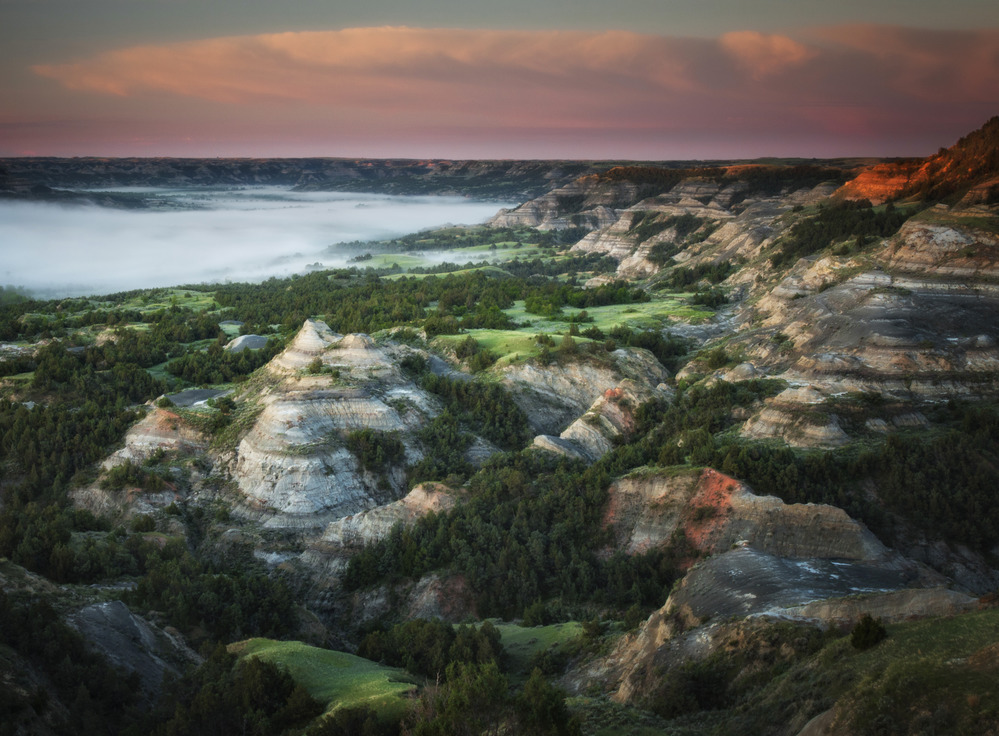It’s time once again to explore more National Parks through yarny goodness. Over the past four years, we have explored the United States through its National Parks, and in 2020, we will have represented them all. Many of these are lesser-known National Parks, and we hope you spend some time exploring them through the links we’ve shared.
Check out our Socks on Vacay/Socks on Staycay summertime sock knitting collaboration with our friend Shannon Squire, too: https://shannonsquire.com/socks-on-vacay-staycay-2020/
Thanks for exploring parks and making socks with us once again this summer! To get your yarn, check out our list of LYS’s offering National Parks (Parks yarn will ONLY be available at our LYS partners through the summer): https://knittedwit.com/
Where is this National Park located?
Theodore Roosevelt National Park is located in western North Dakota, where the Great Plains meet the rugged Badlands.

Whose land does this National Park reside upon?
Even though it’s known as the badlands, this region has been inhabited for thousands of years. From the NPS website:
“A rich diversity of cultures utilized the badlands region during historic times. The most significant groups were the Mandan and Hidatsa, whose traditional bison hunting grounds included the Little Missouri River basin. West of the badlands, the Hidatsa’s close relatives, the Crow, also utilized the badlands at the eastern edge of their territory. Many other tribes including the Blackfeet, Gros Ventre, Chippewa, Cree, Sioux, and Rocky Boy came to western North Dakota in the early 19th century mainly for hunting and trading, often at Fort Union Trading Post. These groups did not necessarily seek out the badlands in the way the Mandan, Hidatsa, or Crow might. The Assiniboine occupied a large area of the Northern Great Plains north of the Missouri River. The Arikara entered western and central North Dakota and several bands of the Lakota (Sioux) expanded their range into western North Dakota in the 19th century. Each group has its own history, traditions, spirituality, stories, and uses associated with the badlands. Eagle trapping, bison hunting, and other spiritual purposes were among the traditional uses.”
When was it established as a National Park?
November 10, 1978
Why is this park amazing?
Theodore Roosevelt came to this area to hunt bison in 1883, and his adventure in this remote and unfamiliar place would forever alter the course of the nation by helping him shape what was perhaps his greatest legacy: his conservation policy. The park itself is a habitat for bison, elk and prairie dogs, and the park has 3 distinct sections linked by the Little Missouri River.
Why did we choose these colors?
Known as the badlands region, this area is singularly beautiful in spite of (because of?) it’s ruggedness. We found an image that showcased the richness of colors to be found in the rock formations, the scraggly flora finding footholds where they can, and the vastness of the sky here.
For more information:
- NPS website: https://www.nps.gov/thro/index.htm
- Instagram: https://www.instagram.com/theodorerooseveltnps/

